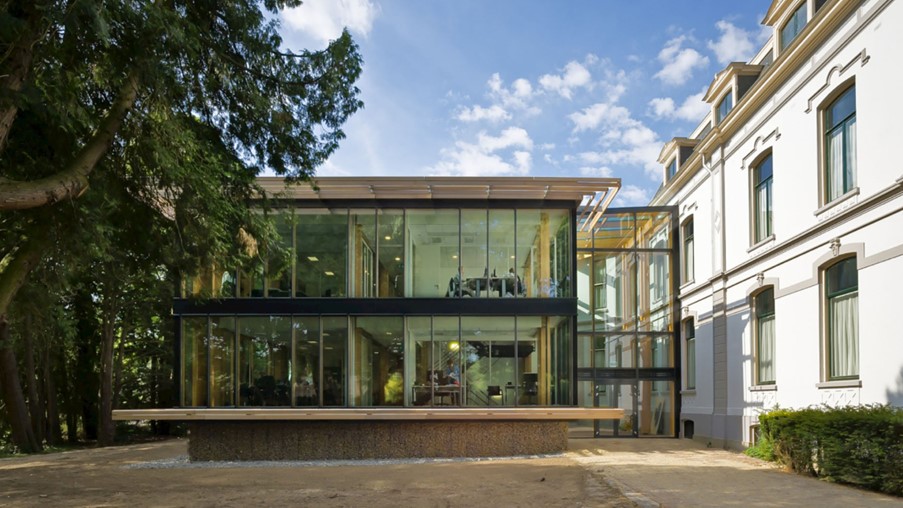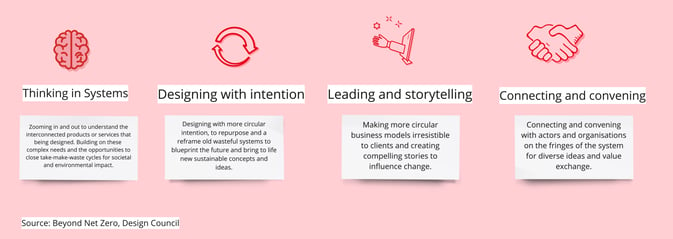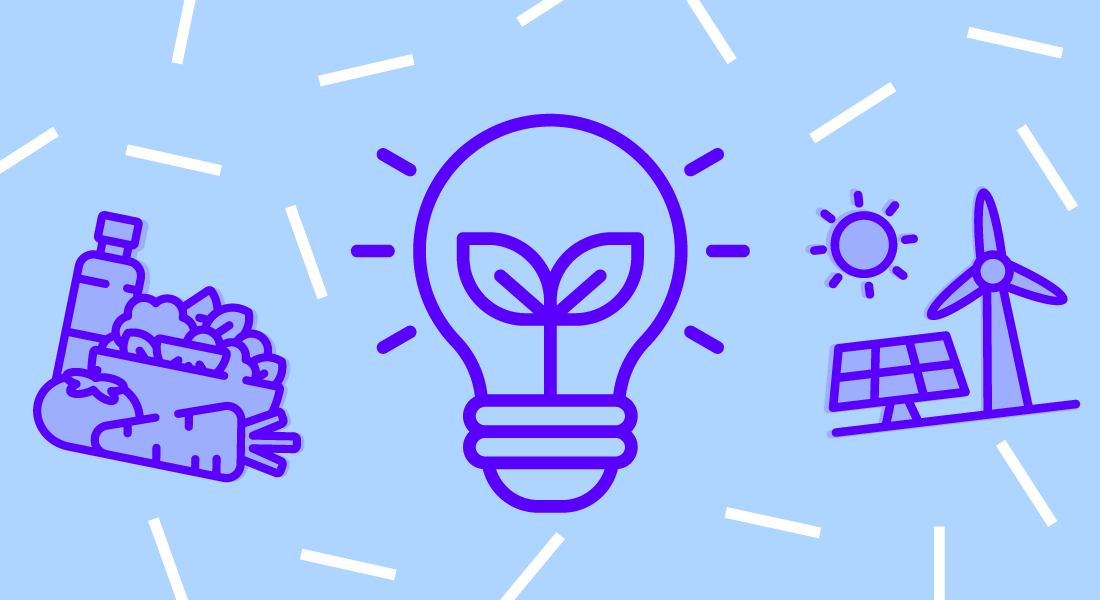The shift to more sustainable business models is happening now. As this transition happens, digital is knitting together different actors to reveal opportunities for the triple bottom line.
What’s driving the shift? On the one hand, there’s the economic potential of sustainable business. Consumers want sustainability and are making their purchasing decisions accordingly, and young talent is moving to employers that place sustainability at the core of their business model.
At the same time, the increased scrutiny from policymakers, investors, and financial markets is pushing firms to favour sustainability. Businesses that want to remain market leaders cannot ignore these trends.
We have gathered different case studies, including a recent BJSS example, where digital plays a role as a connector to sustainable business transition.
.jpg?width=10937&name=Net%20Zero%20_%20Circular%20Design%20(1).jpg)
Repairability - Making clothing alterations and repairs mainstream
In this first example, we’ll look at how technology can enable the repair, reuse and tailoring of clothing.
Sojo is a mobile application that seeks to make clothing alterations and repairs as easy as possible. It lets users increase the lifecycle of their clothes and gives a new lease of life to second-hand goods.
The scale of clothing waste is enormous. The average Briton throws away about 3.1 kilograms of textiles every year, with 1.7 kg of that waste sent to landfill.
The Sojo app connects local seamsters or tailoring businesses with the
smartphone-dependent generation (typically 22-28-year-olds) who don't want to leave the comfort of their homes.
Orders take three to five working days, with pickups and deliveries completed via bicycle.
As Sojo expands, it is set to explore the ‘gig economy' by onboarding freelancers skilled in specific repairs or alterations and developing partnerships with laundry services.
The critical value of the Sojo application is the digital connection between the needs of customers and skilled fixers or tailors.
By creating a product that connects users who have a specific need to make their clothes last longer and eliminating the pain point of finding a physical tailor, Sojo builds on circular principles whilst also creating a whole new vertical market.

(Brummen Town Hall, Netherlands)
Traceability - The material passport for a 'Lego' town hall
Imagine a future where you could disassemble whole cityscapes as the needs of citizens change. What considerations would you make about the materials you use and how you catalogue them?
The materials we use have the potential to be very long-lasting. Still, when the structure is no longer needed, the longevity and value of the materials that go into a building are seldom considered.
When it came to the design of Brummen Town Hall in the Netherlands, future reuse and modularity were a requirement from the outset.
The complete structural assembly was recorded digitally in a 'material passport.' This provides two key things:
- It identifies how the materials currently generate value, in this case as a town hall.
- It defines the future use of its components.
The Brummen Town Hall project demonstrates how modularity and digital traceability can reduce emissions.
At the same time, modularity also saves costs in construction time.
Using software to tag and track materials through their lifecycle allows today’s structures to become resources for designers to reimagine spaces tomorrow.
Circularity – a lean solution to surplus food redistribution
This year SPARCK and BJSS worked with a leading retailer to develop a food sharing platform.
The food sharing platform that sets out to address those problems by allowing multiple retailers to redistribute their waste food to community groups and charities.
Using SPARCK‘s Lean Product delivery methodology to get from project start to implementation in 16 weeks, BJSS and SPARCK enabled stores across the country to redistribute their waste to thousands of community groups.
The challenge was to address the needs of:
- Community groups who need to sign up quickly, set up regular collections, and be notified of food availability.
- Retailers who need to advertise food, view collection schedules and get performance data easily.
- Give retailers the ability to easily notify community groups when there is excess or no surplus food available.
- Volunteers and groups who distribute the food in communities.
Failing and learning fast using a low code platform, the team
co-created the platform, involving people from diverse backgrounds, to deliver the most significant social impact and – ultimately – get food onto people’s tables.
It’s a unique value proposition, a food sharing platform that reduces waste and connects with community groups and charities that do vital work supporting those experiencing food insecurity.
The big plan is to make food surplus a thing of the past by starting a movement more significant than the capabilities of a single supermarket.
What's next for businesses navigating the sustainable transition?
Ultimately, how digital underpins the sustainability movement in business will be for the business community, government policy and the consumer to decide. In these three examples, digital acts as a caretaker that increases the longevity, traceability, and distribution of our material resources. It’s about looking for the opportunities to use digital to reduce waste and increase the material cycles of our products and services. As designers we are in a privileged position to support these decisions.
As researchers, designers and strategy professionals, sustainable design and its complexity may seem daunting. Ultimately, though, it's about understanding service and product impact, widening the lens of who uses our services and products and sharpening many of the mindsets we already know and practice:
- thinking in systems
- designing with intention
- leading and storytelling
- connecting and convening

We’ve put together a beginner's guide to the eco-design movementwhere you can find out more about the design tools we think help support the sustainable transition,



